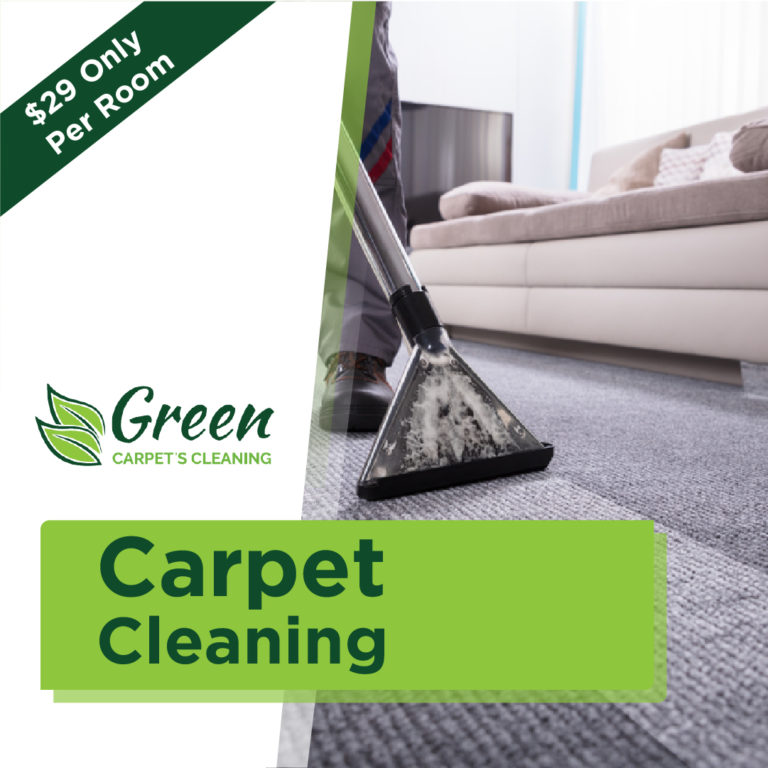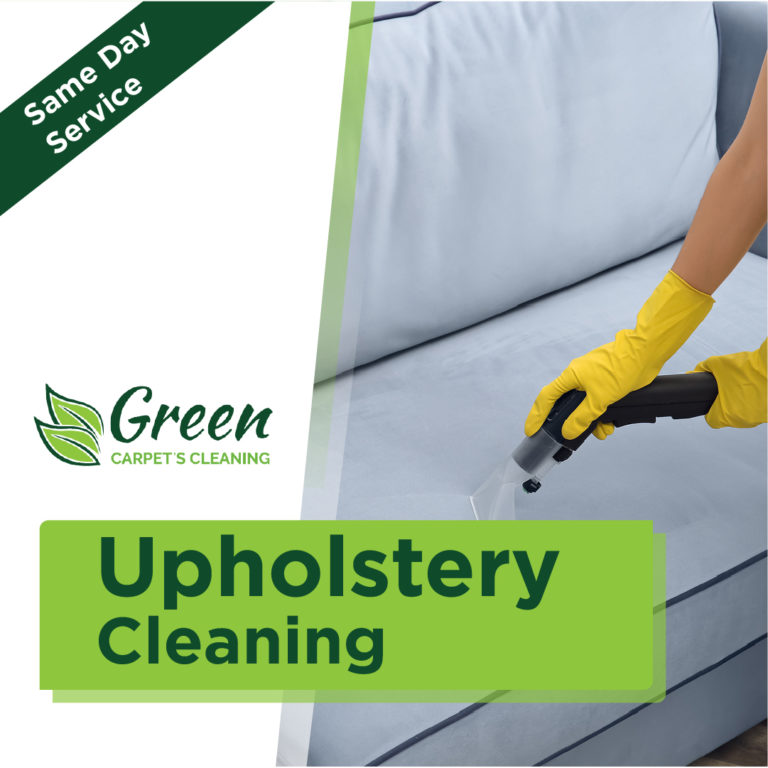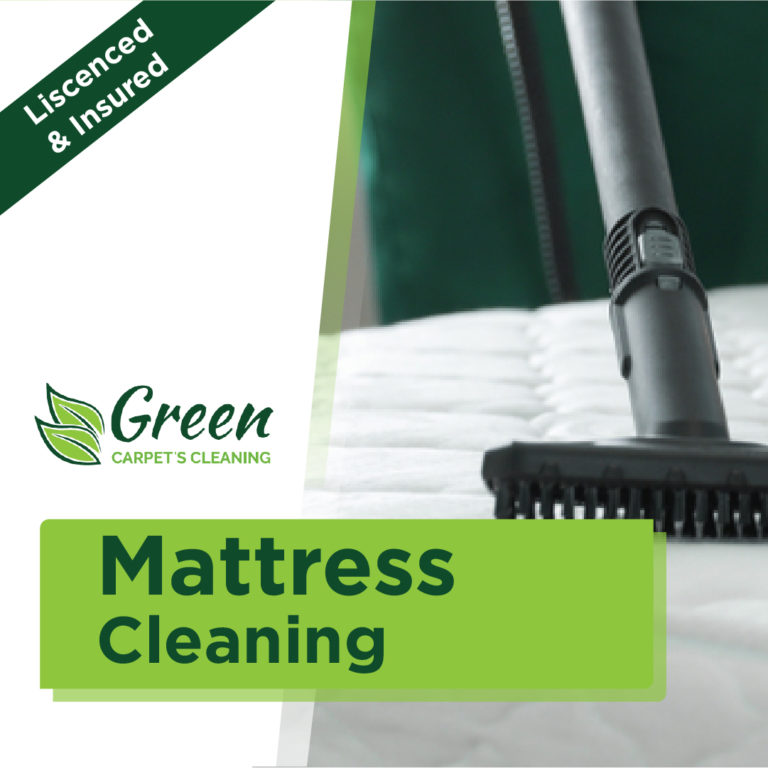Types of Upholstery Fabric
Natural Fabrics
Upholstery Cleaning in Morgan Hill — Materials are produced from natural fibers which come from animals or plants.
Chenille
Chenille’s soft coating pile inspired its title — it is the French term for”caterpillar.” Its additional weft threading gives a glow that is distinctive to it. Chenille is usually made of natural fibers, but it can also be produced from synthetics like rayon.
Cotton
Cotton furniture upholstery is typically a mix, combining this trendy, breathable natural fiber using linen, polyester, nylon, etc., for extra texture, strength, or resistance to wrinkling. The cotton combinations will normally include about 45% to 60% cotton.
Jute
A fiber generated mostly in India and Bangladesh, jute was used for rope and matting. Though prone to wrinkling, it’s a great material for contemporary rustic accent pieces like an ottoman, including a slightly rougher texture that pairs nicely with wood and/or leather.
Leather
Leather upholstery can vary in cost and quality, based on treatment and its quality.
Full-grain leather: organic imperfections or marks are left intact, and Full-grain leather employs layers are hidden rather than by the entire animal. Here is the thickest, highest-quality leather.
Top-grain leather leather is second in quality only to grain that is complete and employs the top layers of the animal hide.
Corrected-grain leather: Corrected-grain leather has been treated to eliminate imperfections and then given an imitation grain to get a uniform look.
Split leatherSplit leather consists of the underside or drop split of the hide. With leather, a synthetic surface layer is laminated to the surface.
Linen
Made from yarn, linen is an textile fiber. It’s a sleek, soft, and naturally lustrous fabric that provides durability and immunity to abrasion, pilling, and moths. It’s frequently used along with cotton for elasticity. Neatly tailored bits such as parsons chairs, traditional dining seats, and tufted arm seats offer you a fantastic style for linen.
Silk
Soft silk, and luxurious feels at home in formal settings and is best kept to zones. Silk is sometimes backed with cotton to add weight and durability and comes from both synthetic and natural varieties. Sunlight can make this cloth to fade thus think strategically about where you put a lace upholstered piece.
Velvet
Velvet is a lavish woven fabric characterized with its thick and short pile. This soft and glistening material can be made from synthetic or natural fibers and changes in quality and type. Though comparatively hard to clean, velvet stands out for its comfort, feel, and rich color, making it a preferred choice for dramatic pieces such as traditional button-tufted headboards and earthy accent seats.
Wool
Most wool you find on accent and sofas chairs now is actually a combination of synthetic and natural fibers. The inclusion of synthetic materials helps the fabric stand up better to wear and makes it easier to clean.
Synthetic Fabrics
Synthetic fabrics called engineered fabrics, are textiles made from fibers as opposed . Synthetic fabrics are typically more resistant to fading and staining and are far much more durable than natural fabrics.
Faux Leather
Faux leather is typically manufactured from polyurethane to plastic or PVC. PU is much more watertight than PVC, and it is also degradable.
Microfiber
Microfiber is a knit blend polyester cloth that’s softer than suede plus a great deal easier to clean (simply remember to dab rather than rub). This substance is made providing durability and moisture resistance together with authentic suede’s qualities. This cheap cloth is ideally suited to chaise sectional lounges or convertible couches, and other comfy casual chairs in a modern fashion.
Nylon
A synthetic fiber, nylon is generally mixed with other materials to make a robust and durable material. It is typically easy to keep and isn’t prone to wrinkling.
Olefin
Olefin is a manmade material that’s made from melting down pellets. Any desirable color is added and the subsequent threads are then stitched together. Olefin will hold its color Since the colours are baked in rather than inserted into the surface and can be cleaned with bleaches. This durable cloth is great for upholstery.
Polyester
First introduced in the 1950s, polyester is a high-performance synthetic fabric which does its best work in tandem with materials such as yarn and cotton. Polyester blends provide excellent durability cleaning, and resistance to fading, wrinkling, and abrasion — and pilling, in the instance of polywool mixes.
Rayon
This substance was developed to mimic fabrics like cotton and linen. It combined with other types of threads to make a mixed material that’s appropriate for upholstery.
Get in touch
Fill this up to proceed

We are committed to providing a world-class carpet, rug, upholstery, drapery or mattress cleaning services that will open your door to a happier and healthier green indoor environment.













